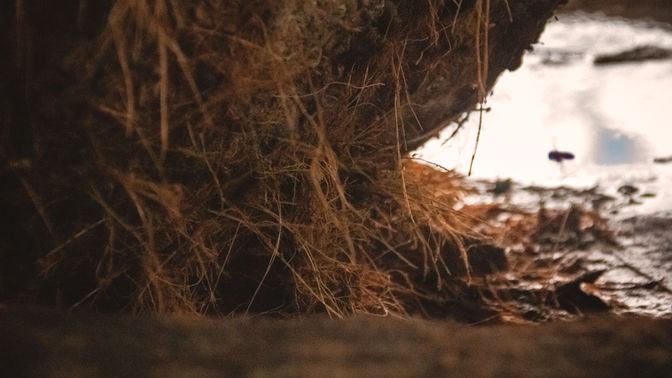
Mezcal
Making
Process
According to the ancestral Oaxacan tradition, the first step for elaborating a Mezcal is to choose mature agaves called "sazones" or "capones", meaning plants with sufficient sugar and are ready to harvest.
The Mezcal masters and their apprentices cut the plant leaves, leaving the center or “piña” to transfer them to the Palenque, the workshop. The piñas are fire-cooked in underground, earthen pits lined with volcanic rock. This underground 'oven' now smokes, cooks, and caramelizes the pina over a multi-day cooking process, which creates mezcal's characteristic smoky flavor. After cooking that can last up to eight days, the agave is macerated in wheel mills stone commonly thrown by horses.
Later, the grinding is placed for up to eight days in huge wooden tubs for fermentation. Once the fermentation is complete and the "tepache" is at its point, it empties into copper stills for distillation, where the sugars are converted into alcohol.
Finally, the master mezcalero composes the mezcal according to the alcoholic concentration desired. The best mezcals usually have an alcoholic concentration approaching 35 to 52 degrees of volume since it thus preserves better organoleptic properties such as , bolder aromas and flavors.


Our Maestros Mezcaleros
A Proud Zapotec Family
At MX1910, we're more than a mezcal brand—a family united by a shared passion for mezcal.
Our roots in mezcal-making run deep, with MX1910 being the beautiful outcome of a four-generation tradition that our esteemed Maestros Mezcaleros upheld. The brothers Ancelmo, Julio, and Eduardo Lopez infuse every batch of MX1910 with their family's rich history and the proud heritage of the Zapotec people.

"The legend says the agave plant was a gift from the ancient goddess Mayahuel. Mystical and magical, mezcal is an expression of Mother Earth with the help of agave. Mezcal making is an old tradition kept alive by generations of master mezcaleros who pour the historical face of their families behind this beautiful spirit."

It's essential to emphasize that both tequila and mezcal are protected by a designation of origin. To earn the coveted title of MEZCAL, strict adherence to specific production regulations is required: the entire process must take place within Mexico, specifically in the accredited states of the country.
Mezcal has rightfully earned its place as one of Mexico's quintessential products on the global stage, celebrated for its artisanal essence and diverse range of presentations, making it a highly sought-after beverage in both domestic and international markets. Across the world, its popularity is a testament to its authentic Mexican heritage and the craftsmanship that goes into its creation.
Within Mexico, eight states boast the honor of mezcal production: Zacatecas, Durango, Guerrero, Michoacán, San Luis Potosí, Guanajuato, Tamaulipas, and Oaxaca. All of these regions proudly bear the designation of origin, cementing their role as significant contributors to the mezcal legacy.














